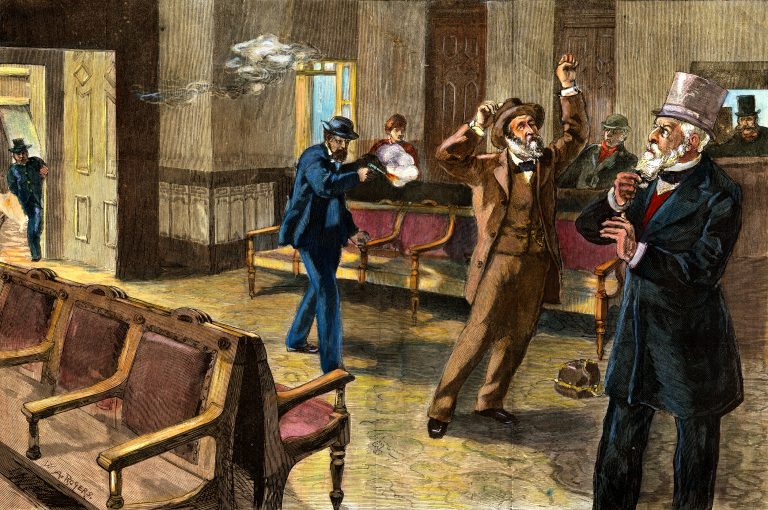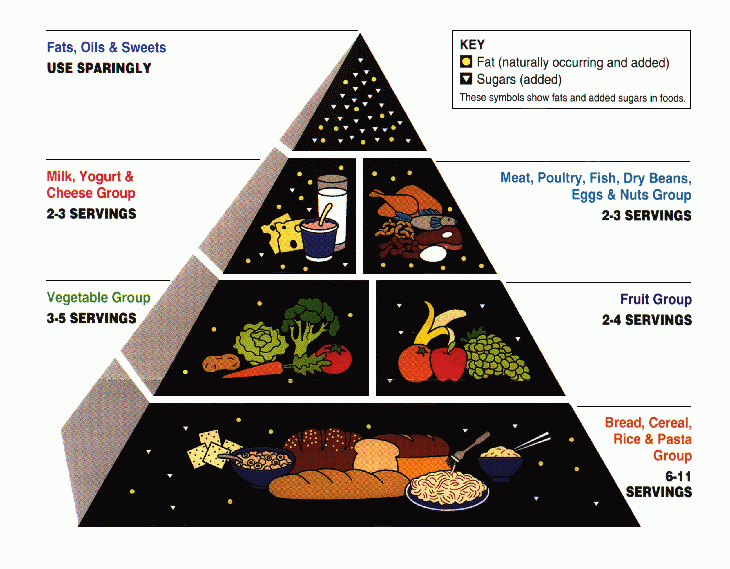The most widely believed myth about global warming is that it is a relatively new scientific theory and that scientists are still debating whether global warming is actually going on and what the cause of it might be. However, this is a myth.
Scientists have known for a long time that the Earth is getting hotter. Prior to the 18th Century, human beings burned very little fossil fuel. Most heat was produced by burning wood. The burning of coal began to skyrocket in the 1700s as a result of the Industrial Revolution. By the mid1800s, scientists in many countries had become aware of the fact that temperatures and sea levels were rising. European governments began keeping temperature records in the 17th Century when accurate thermometers became available. In the mid-1800s, the British government developed machines that could record sea levels accurately and continuously throughout the day. These machines, some of which are still in use, record sea level on a long sheet of paper. The first of these machines was placed in service in Liverpool in 1880. By 1900, machines like these began recording sea levels in New York, San Francisco, and many other cities around the globe. The chart below shows sea levels as recorded in Liverpool, England. As you can see, sea levels have been rising by 1-inch every 10 to 15 years since 1880 and the rate is accelerating. On the surface, a 1-inch rise in sea levels over a decade may not seem like a lot, but over 150 years, it adds up. Sea levels around the world have risen by over 9 inches since the late 1800s, and the rate is rapidly accelerating. There are only 2 possible explanations for why sea levels are rising. 1. A lot of water that was locked up in ice has melted and made its way to the sea and 2. Warm water occupies more space than cold water. However, only global warming could explain either of these.
Scientists have known for a long time that burning fossil fuels is the principal cause of global warming. There really is no debate among scientists as to what the cause of global warming is. They have known right from the start that it is the result of burning fossil fuels. By 1900, articles were appearing in both scientific journals and popular magazines bluntly stating that the Earth was getting hotter and that the burning of coal was the reason. In 1912, Popular Mechanics, one of America’s top-selling magazines at the time, said: “The furnaces of the world are now burning about 2,000,000,000 (2 billion) tons of coal a year. When this is burned, uniting with oxygen, it adds about 7,000,000,000 (7 billion) tons of carbon dioxide to the atmosphere yearly. This tends to make the air a more effective blanket for the earth and to raise its temperature. This effect may be considerable in a few centuries.” As you can see, global warming caused by burning fossil fuels is not a new idea. While Popular Mechanics was wrong in its prediction of how long it would take for the effect of global warming to become a problem, they were able to accurately calculate how much carbon dioxide was being put in the air by burning coal. And remember, in 1912, relatively few Americans owned automobiles, and there was no aviation industry.




Global warming skeptics used to say that more research is required before we can be sure that the world is getting hotter; however, it has become increasingly difficult for them to convince people that the Earth isn’t getting hotter because the evidence of it is everywhere. Today, politicians who used to say that global warming is a hoax now acknowledge that the Earth is getting hotter, but they claim that it is happening so slowly that we have nothing to worry about. Donald Trump said at a recent campaign rally: “They say the ocean will rise one-eighth of an inch over the next 200 to 300 years.” If only that were true! Many other politicians talk the same way.
Chesapeake Bay. The effect of rising sea levels has been very dramatic in some places. Many islands around the world have disappeared or have become uninhabitable. There used to be a lot of low-lying inhabited islands in the Chesapeake Bay. Most of the people who lived on these islands were the descendants of the families that settled on them in the 17th Century from England. However, many of these islands have disappeared or become uninhabitable mud flats. One of the biggest and most populous of the Chesapeake Bay islands was Tangier Island. In the 19th Century, thousands of people lived on Tangier Island. During the War of 1812, over 1,000 British soldiers were stationed on Tangier Island. The island was the base of the British navy during that war. Tangier Island had a downtown shopping district, public schools, a city hall, an airport, etc.; but the island has lost 2/3 of its area and 2/3 of its population due to rising sea levels. The remaining population know that it is just a matter of time before they will all have to leave. Here is a PBS news story about it: Tangier Island.
A few months ago, the Republican candidates for president met in Milwaukee for their first debate. It was a very hot day in Milwaukee. The heat index was 114 degrees. It was so hot that the city closed all the schools for the day. At the debate, the candidates were asked to raise their hands if they believed that global warming is real and that it is mainly caused by burning fossil fuels. None of them raised their hands.
THE SPIDER IN YOUR BATHTUB.
Here is another widely held myth, one that never goes away. When people see a spider in their bathtub, they almost always assume that the spider came up through the drain hole. After all, where else could it have come from? Some people put a plug in their bathtub’s drain hole when they aren’t using the tub if they see a spider in the bathtub, but that doesn’t do any good. Tenants have called me on the phone to tell me that there was a spider in their bathtub and wanted me to install a spider-proof drain pipe. There is no such thing as a spider-proof drain pipe. There is no need for such an invention because spiders do not get into bathtubs through drain pipes. Virtually every bathtub and shower stall in America has a ‘U’ shaped drain pipe underneath it. This section of pipe is also known as a ‘P-trap.’ There is always water in the P-trap. This trap prevents sewer gas from entering your house. It also keeps spiders from getting into your bathroom. Very few spiders can swim, and none of them can swim underwater.
So, if spiders aren’t getting into your bathtub through the drain pipe, where do they come from? Spiders can enter a house or apartment through very small openings. They can crawl through and around window screens, and they can easily slide under exterior doors. Spiders are pretty good at climbing walls, but once a spider gets into a bathtub, they are usually trapped there. Spiders are not good at climbing up smooth surfaces, like the sides of a bathtub or shower stall. So, when a spider falls into a bathtub, it will usually stay there. It has no place to go. Since bathtubs and shower stalls are usually white, spiders are more visible there than in other places in your home. Spiders really aren’t coming in through your drain pipe.
HEBREW TATTOOS.
A lot of people commented on my article last month about tattoos made by tattoo artists who flunked spelling. Another mistake that people make is getting tattoos in a language that the artist cannot read. This sometimes happens with tattoos in Chinese and Hindi, but most often, it happens with tattoos in Hebrew.
Finding a tattoo artist who can read and write in Hebrew can be difficult. Orthodox Jews have always prohibited tattoos, but prior to World War 2, there were many reform and non-religious Jews who got tattoos. That came to an end because of the war. When Jews entered Nazi concentration camps, the first thing that happened to the ones who weren’t immediately killed was that a number was tattooed on their arms. As a result, Jews began associating tattoos with the Holocaust, and today, there are very few Jewish tattoo artists.
Below are pictures of 2 Hebrew tattoos with spelling errors in them. It is easy to make mistakes like these because there are letters in the Hebrew alphabet that look similar. The first tattoo says ‘matzah’. I think it was intended to say ‘strength. ‘ Perhaps someone fluent in Hebrew can tell me for sure what it’s intended to say. The error in the second tattoo is more obvious. It is supposed to be the name of God in Hebrew, but it actually says: ‘He shall be pregnant.’ I feel pretty certain that wasn’t what it was intended to say.















